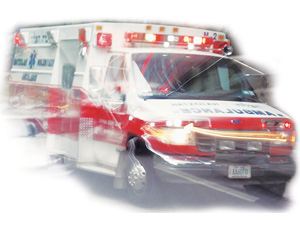The jury is still out on the success of the new safety program at the massive CityCenter project in Las Vegas, but at least people have stopped dying there. That is good news for general contractor Perini Building Co., project owner MGM Mirage and the industry as a whole. Safety is never easy, but when you have almost 10,000 workers on-site, it is essential to have and enforce a comprehensive safety plan.

Behavioral-based safety (BBS) plans seem to work best in such environments, where thousands of workers and hundreds of subcontractors try to construct many project elements simultaneously. The basic components of a BBS program are common goals involving labor and management, a definition of what is expected in terms of target behavior, collection of observational data, safety decision-making based on the data, feedback to employees being observed and management review.
The heart of the process is the observation of workers and feedback to them on both safe practices and at-risk behavior. There is no sneaking around or spying, but if trained safety representatives observe unsafe practices, they will discuss them with the worker as to why the action was unsafe, the potential consequences to life and limb and ways to work more safely. A report is prepared that does not identify the employee, but shows the at-risk behavior to help the company’s safety steering committee identify trends and assess ways to improve behaviors on the job.
BBS may also be helpful in addressing some unsafe conditions that are very hard to detect. One is worker fatigue, which has been a problem in recent years as owners and contractors pushed projects with limited workforce assets by using excessive overtime.
Fatigue has a corrosive effect on safe practices. It is among the leading causes of accidents, along with rushing, frustration and complacency, experts say.
One rule of thumb is that employees should not be awake for more than 17 hours in a 24-hour period and should not work more than 12 hours. Even so, the rate of declining performance is exponential leading up to the 12-hour limit.
Most accident probes underestimate fatigue. It causes attention lapses, erodes problem-solving skills, limits situational awareness and makes vigilance tasks more difficult. By highlighting these safety problems, BBS plans can help workers monitor their own risk.
In the end, workers must assume partial responsibility for their own safety because no one will watch over them every minute. BBS helps the labor-management team form a better safety environment to share that responsibility in order to keep ambulances away.

Post a comment to this article
Report Abusive Comment